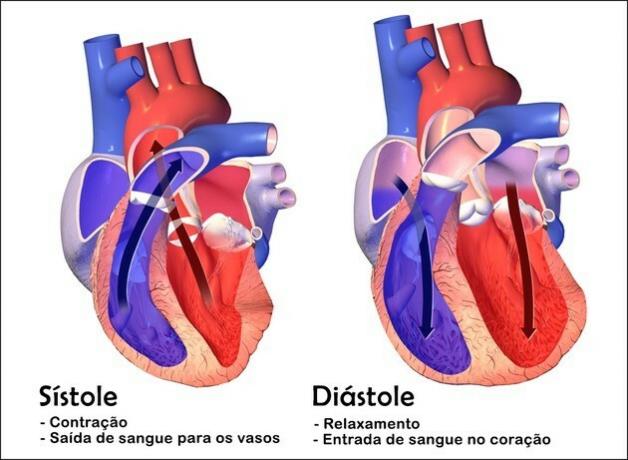Both prevalence and incidence are measures of the occurrence of a disease in a population. While prevalence refers to the total number of cases of a disease over a period of time, incidence refers only to new cases.
| Incidence | Prevalence | |
|---|---|---|
| Definition | Incidence is the rate of manifestation of a given disease. | Prevalence is the number of cases of a disease in a population over a specific period of time. |
| Measurement | The emergence of the disease. | Measures the proportion of the population that already has the disease. |
| rate calculation | The incidence rate is the number of new cases of a disease divided by the number of people at risk. | The prevalence rate is calculated using the number of individuals affected at a given time divided by the total number of people. |
| Disease diagnosis time | Newly diagnosed. | Survivor cases, diagnosed at any time. |
| Denominator | Population at risk. | Total population. |
| Cases analyzed | It only counts new cases. | Count all cases. |
| Follow-up | It requires tracking individuals in a population to identify new cases. | It does not need follow-up. |
| Disease duration factor | It does not depend on the duration of the illness. | It depends on the duration, as a long duration will eventually increase the prevalence of a disease. |
| When is it used | When studying cause and effect. | To estimate the population burden of a chronic disease. |
Prevalence and incidence measures serve to calculate the risk of diseases that afflict a given population.
What is incidence
Incidence refers to the rate of manifestation of a given disease. It is used to measure the rate of occurrence of a disease in a given period, dealing with the number of new cases diagnosed in a population, during a specific period.
It provides information about the risk of people being affected by the disease and is very important in the study of its causes.
What is prevalence
Prevalence refers to the number of cases of a disease in a population during a specific period of time. In this way, it determines the total number of cases of a disease in a given population and the impact this has on society, taking into account old and new cases.
Prevalence can be calculated in two ways. Period prevalence is calculated based on a period of time, while point prevalence is calculated based on a specific point in time.
Example of incidence and prevalence
Assume that there was a widespread outbreak of malaria in Rio de Janeiro in 2008, causing several cases of death, but which was contained after one year. In this case, we can say that the malaria outbreak had high prevalence and high incidence during 2008.
However, in the year 2009, the incidence will be low, but the prevalence remains high because malaria takes time to be cured, and a part of the population was still on treatment.
In the case of an influenza epidemic, the incidence may be high, but it does not contribute to a large increase in prevalence, since this disease resolves quickly.
See also the differences between:
- Viruses, bacteria and fungi


